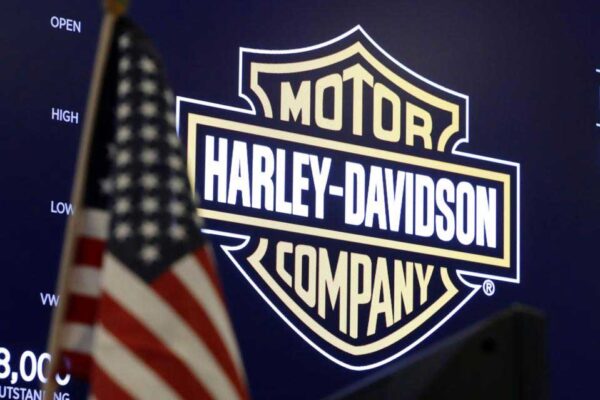Harley-Davidson Boardroom Surprise
Director Quits, Demands CEO Ouster Harley-Davidson (NYSE:HOG) just made headlines for all the wrong reasons investors had hoped. A Board member Jared Dourdeville, who represents 9% shareholder H Partners, suddenly resigned after a furious fallout over CEO succession and the iconic American company’s direction. With a sharply worded letter, Dourdeville cited cultural depletion, executive turnover, […]
Harley-Davidson Boardroom Surprise Read More »

